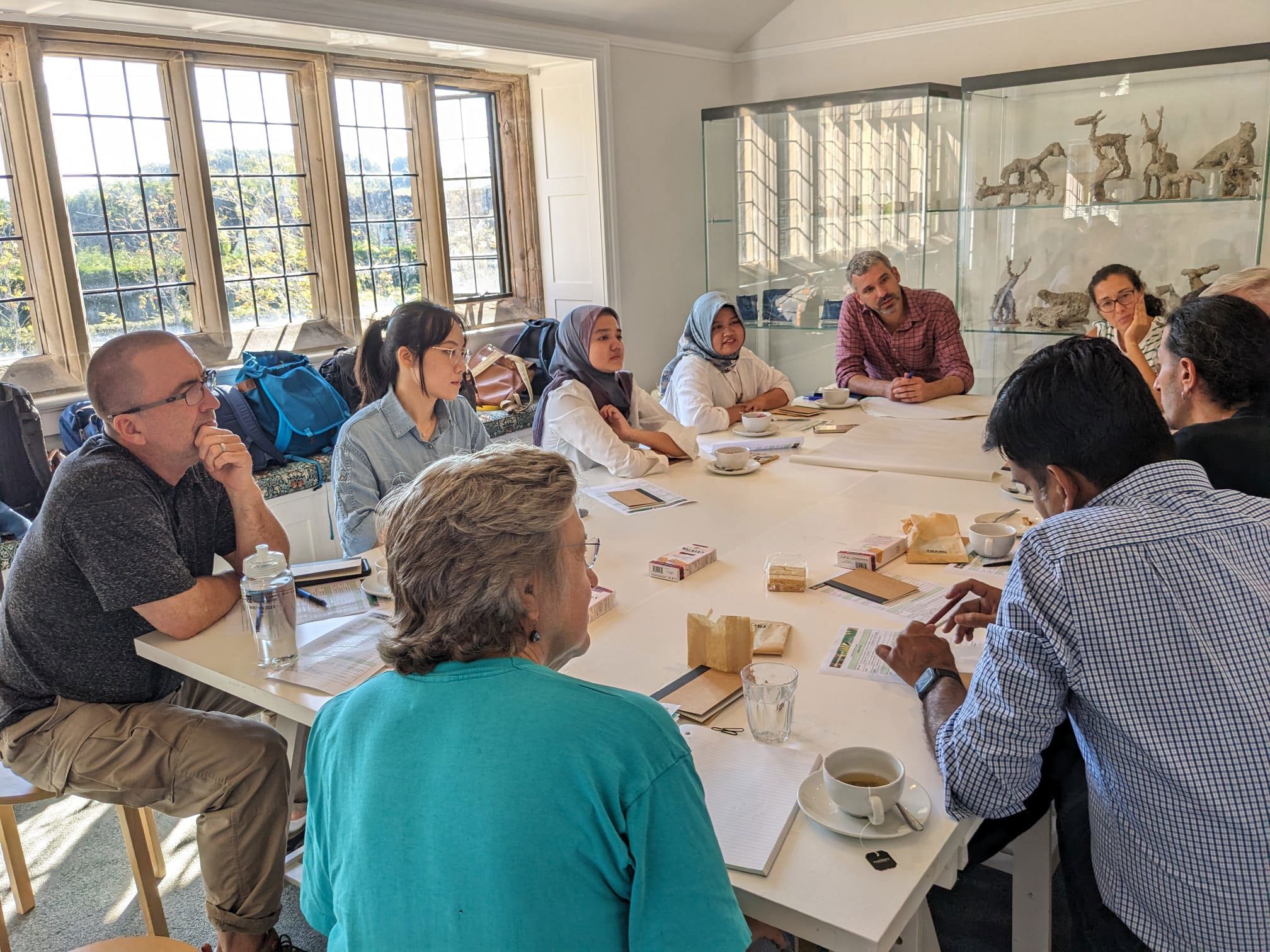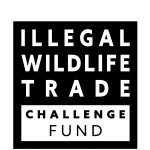Green wave of lawsuits to protect biodiversity

The team working to develop a coordinated wave of cases to bring environmental offenders to justice and secure meaningful remedies for nature. Credit - Naila Bhatri, Conservation-Litigation.org
Green wave of lawsuits to protect biodiversity: Ground-breaking project to secure justice for nature launched
In September 2023, a global team launched CLAW (Conservation Litigation and Wildlife), an ambitious and innovative project with one key mission: to hold those who harm nature accountable for repairing it.
The diverse team is building coordinated legal actions for nature on a strategic scale never attempted, developing cases against wildlife crime offenders in five countries: Cameroon, India, Indonesia, Italy, and Liberia.
The project is led by Conservation Litigation, a multidisciplinary network committed to introducing new, creative legal responses to drivers of the world’s biodiversity crisis, initially targeting illegal wildlife trafficking and trade. The network develops easy-to-understand legal analyses that identify how offenders can be held legally accountable for remedying harm to nature. The network also supports governments and NGOs in designing and litigating precedent-setting cases in court.
“The laws to remedy nature already exist in many countries,” explains Dr Jacob Phelps, from Lancaster University and co-founder of Conservation Litigation. “Yet they are rarely used to effectively hold offenders to account for the harm they cause. Our work highlights the potential of our laws not only to punish, but to heal.”
"Legal responses order offenders to take direct action such as restoration, care for injured wildlife, public apologies, and community and cultural programmes."While current legal approaches focus on punishing offenders through monetary fines or imprisonment, this does little to remedy the damages resulting from their actions. Conservation Litigation is introducing additional legal responses that order offenders to take direct action to repair some of the harm caused, such as restoration, care for injured wildlife, public apologies, and community and cultural programmes.
Liability cases are typically used in instances of significant harm, such as impacts of highly threatened species. While the links of these emerging cases to sustainable livelihoods is not explicit, future cases - building upon the precedents being established through this initial green wave of litigation - could seek to also reinforce livelihoods, including those linked to sustainable wildlife use. For example, in cases where the harm relates to valuable species that could have been sustainably harvested, such as timber or fish, offenders could be held legally liable for that harm. In such a case, perpetrators could be ordered to compensate communities or government agencies for the losses to income and taxes from sustainable harvest. Moreover, they could be required to take remedial actions to help restore the populations of the harmed species, so that they can again be harvested legally and sustainably in the future. Developing such cases, however, first relies on better understanding and exercising these liability provisions that have, in many countries, been little operationalised. This first wave of cases is key to building that experience and precedent.

The network is now developing strategic cases around the world.
While case details remain confidential, Maribel Valero Rodriguez, co-founder of Conservation Litigation, is confident that the project will deliver tangible results: “Our analyses show that our cases are supported by a strong legal foundation, and could enable us to transform the proverbial ‘slap-on-the-wrist’ into genuine restorative action that can help to repair the harm offenders cause.”
The approach is supported by the on-the-ground experience of its network. “We have been successfully litigating against wildlife criminals for several years,” adds Ofir Drori, founder of the Last Great Ape Organisation in Cameroon. “By uniting our experience with the strategic coordination of the new network, we hope to generate a rising wave of green litigation that has the power to fundamentally shift the global response to the biodiversity crisis.”
“Strategic litigation has already delivered benefits in several areas of civil society,” stresses Jenny Desmond of Liberia Chimpanzee Rescue and Protection. “Wildlife is under critical threat. It’s time we used our laws to protect it.”
For video explanations of what Conservation-Litigation does, please see the following links:
- Video 1: Conservation-Litigation.org co-founder Maribel Rodriguez highlights the urgent need for a green wave of environmental litigation. Credit - Naila Bhatri, Conservation-Litigation.org
- Video 2: Rika Fajrini from the Indonesian Centre of Environmental Law emphasises the power of conservation litigation to restore. Credit - Naila Bhatri, Conservation Litigation.Org
Written by Lynne Hempton, Conservation-Litigation.org. For more information on this IWT Challenge Fund Main project IWT127, led by the Lancaster Environment Centre, Lancaster University, please click here.

 Back
Back